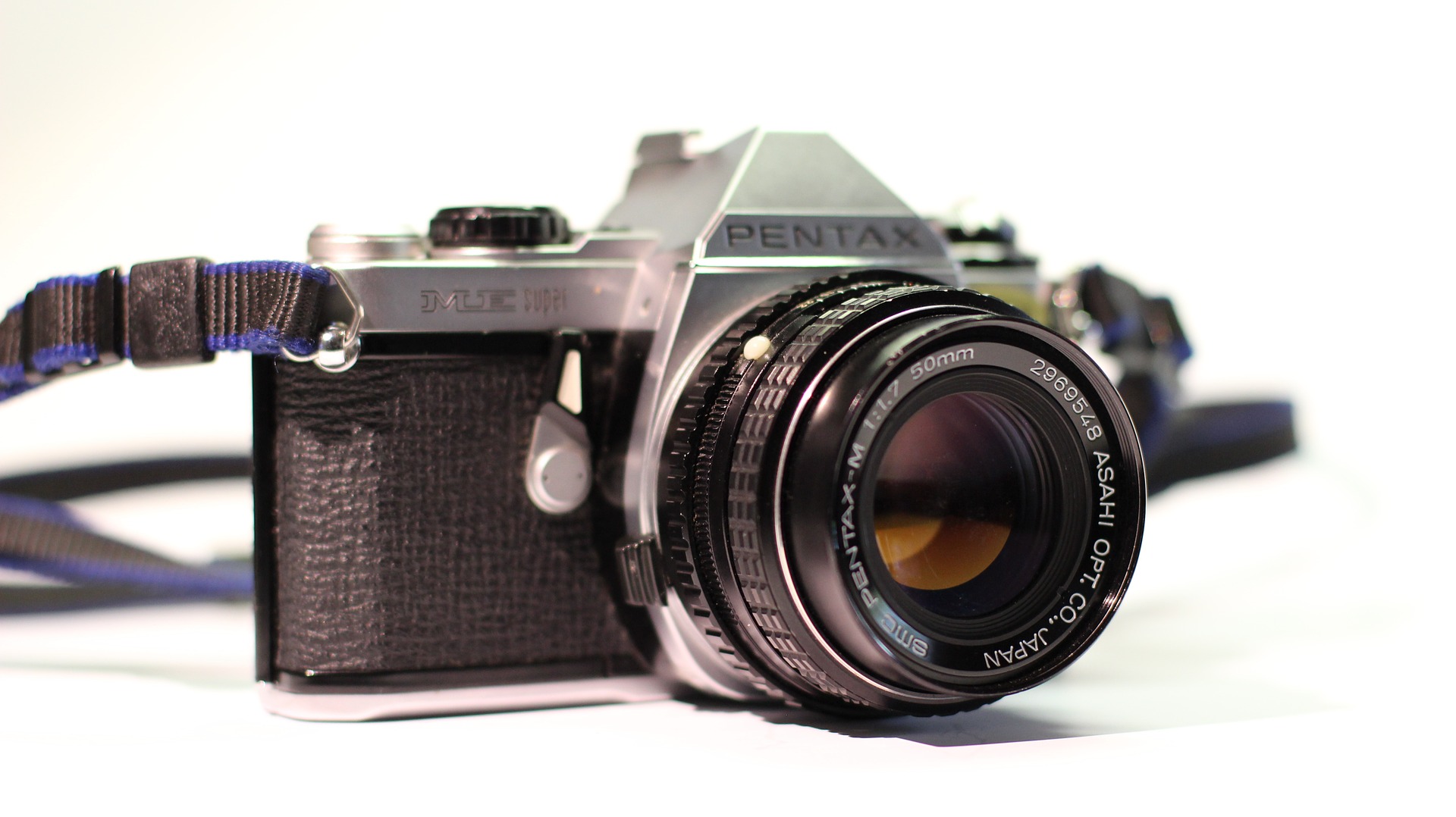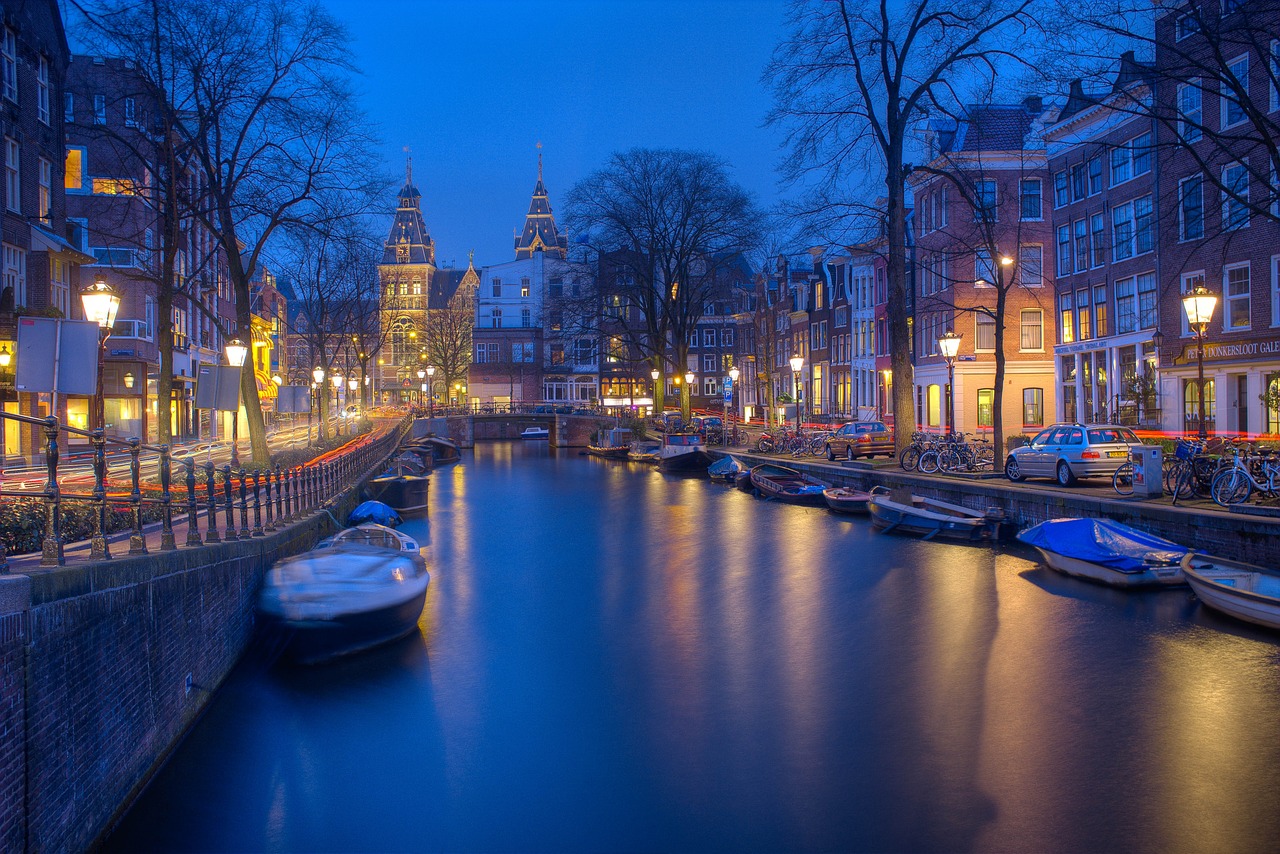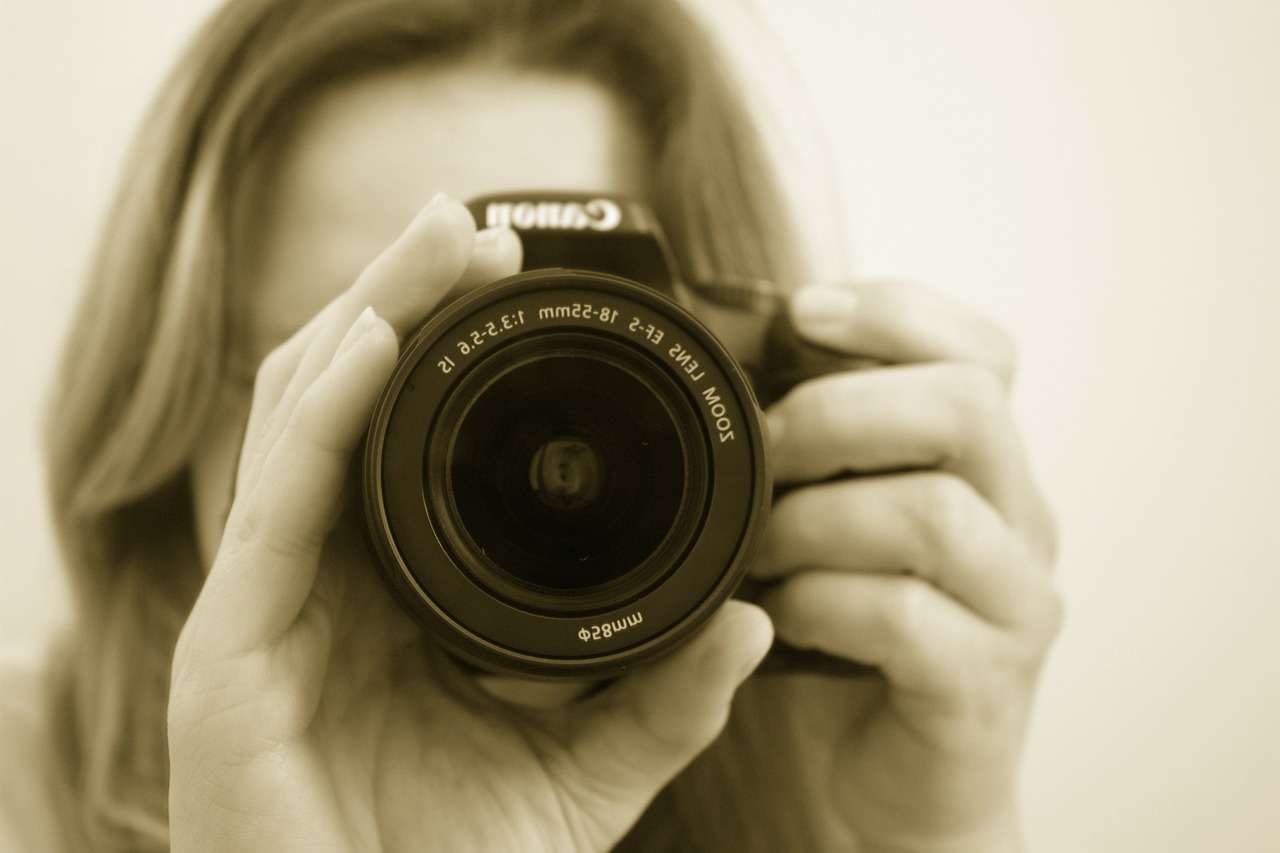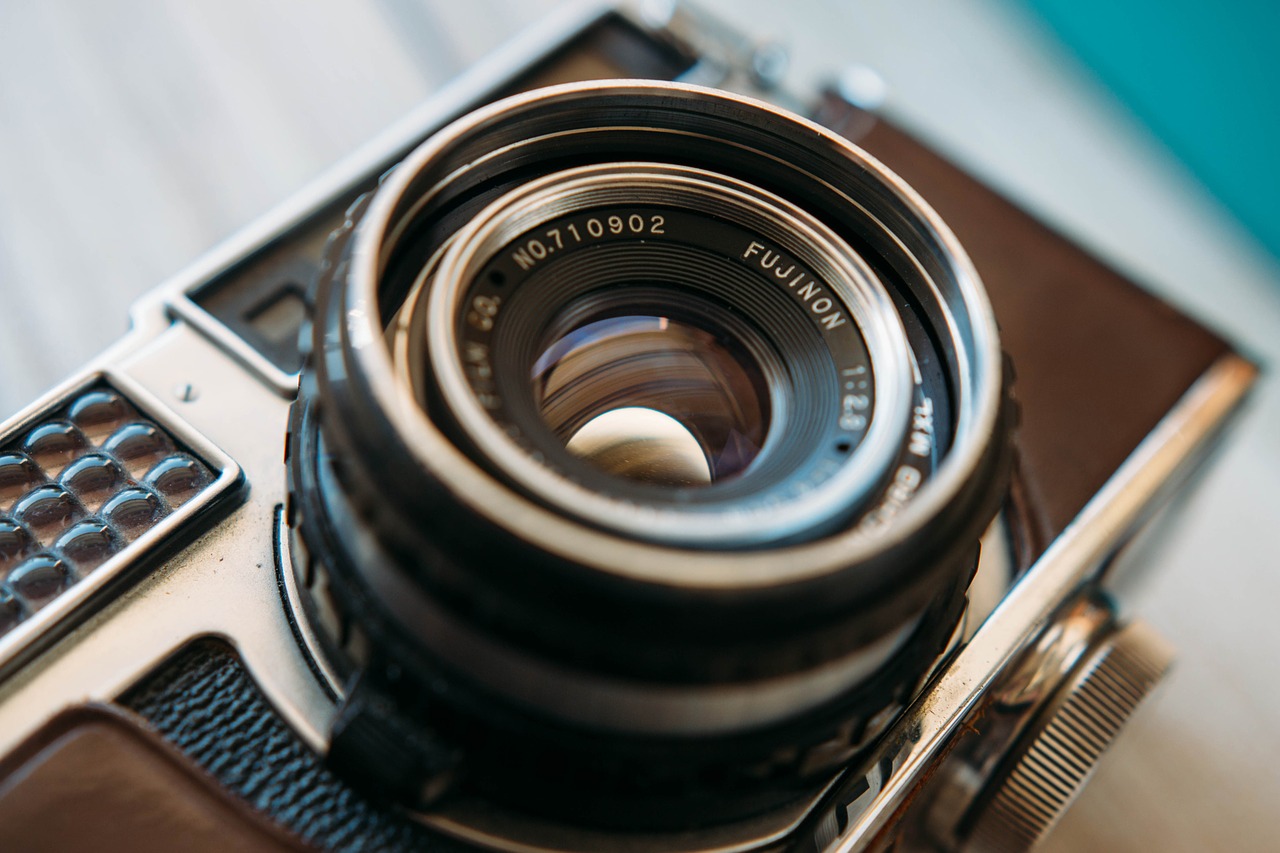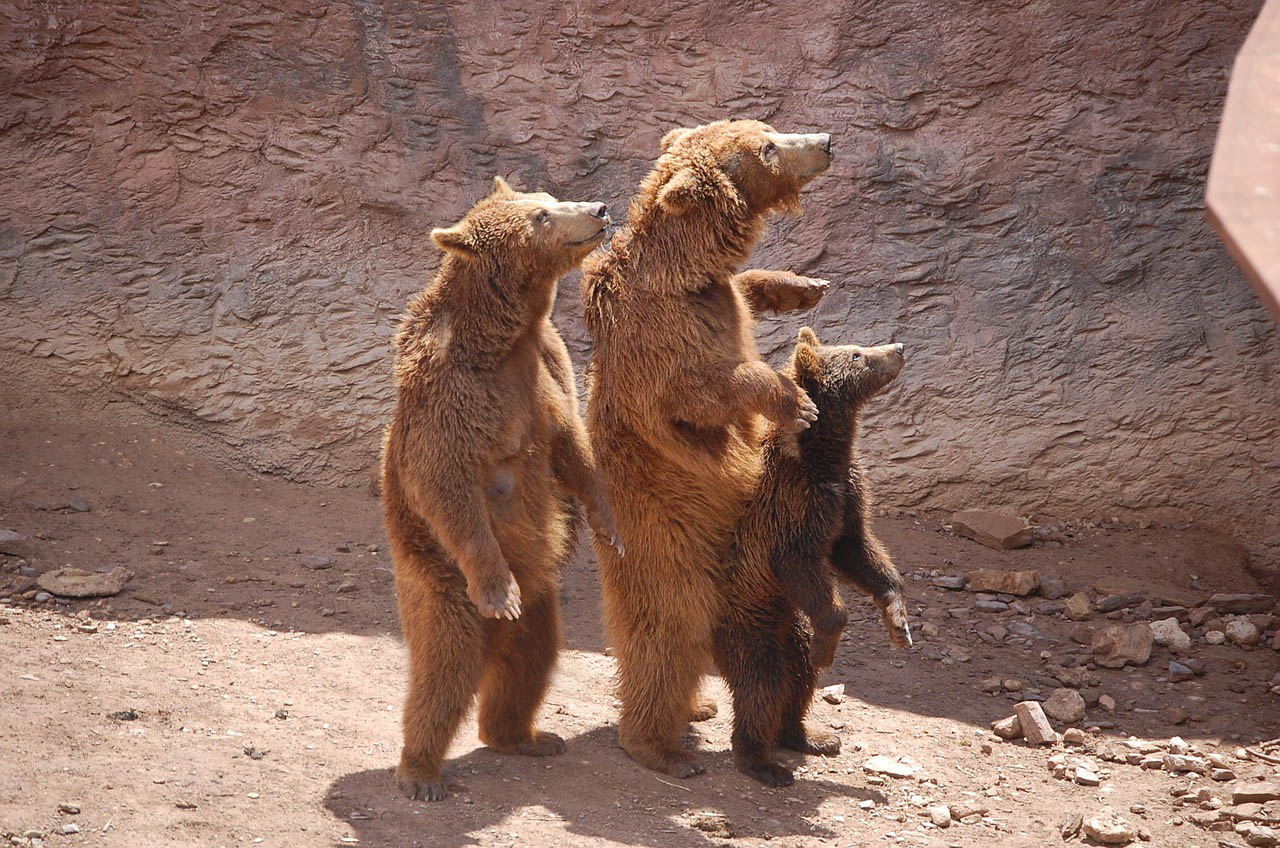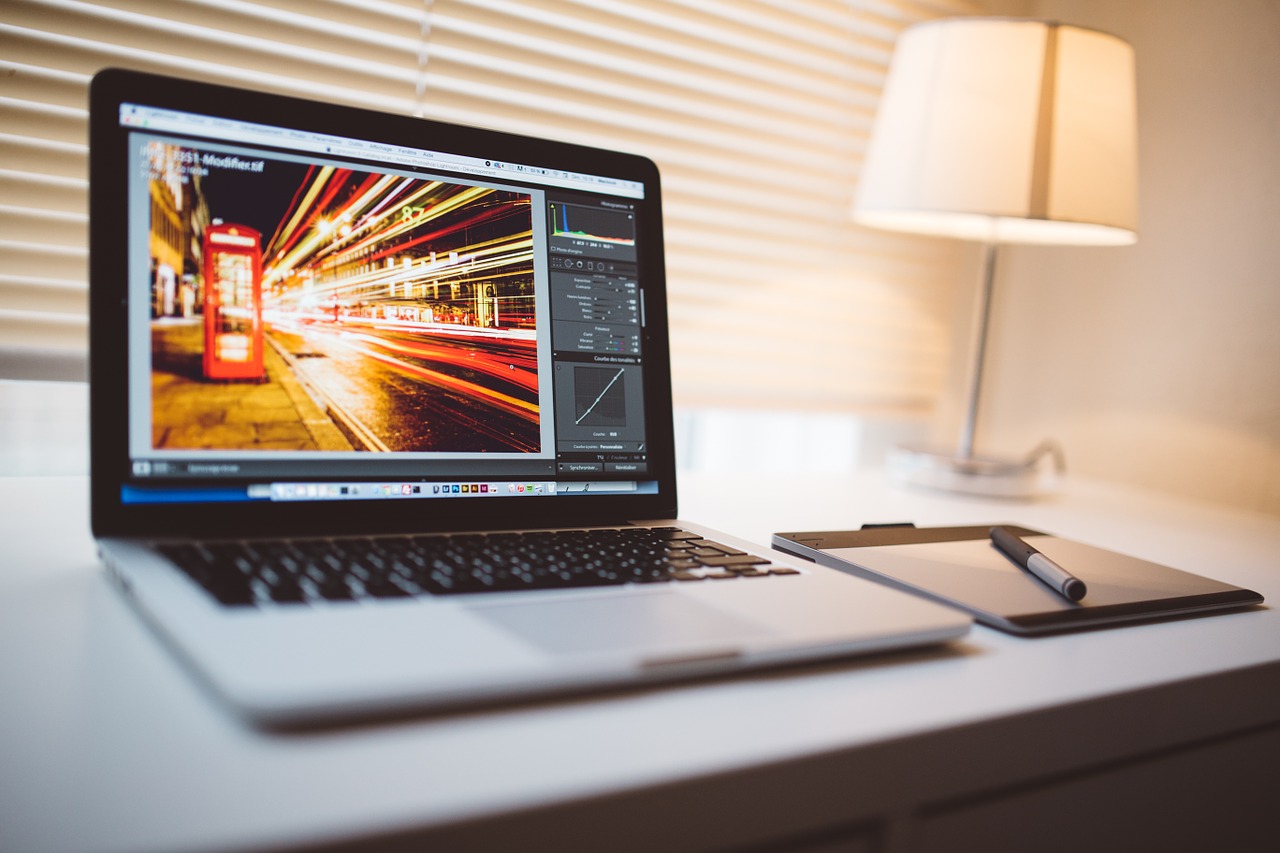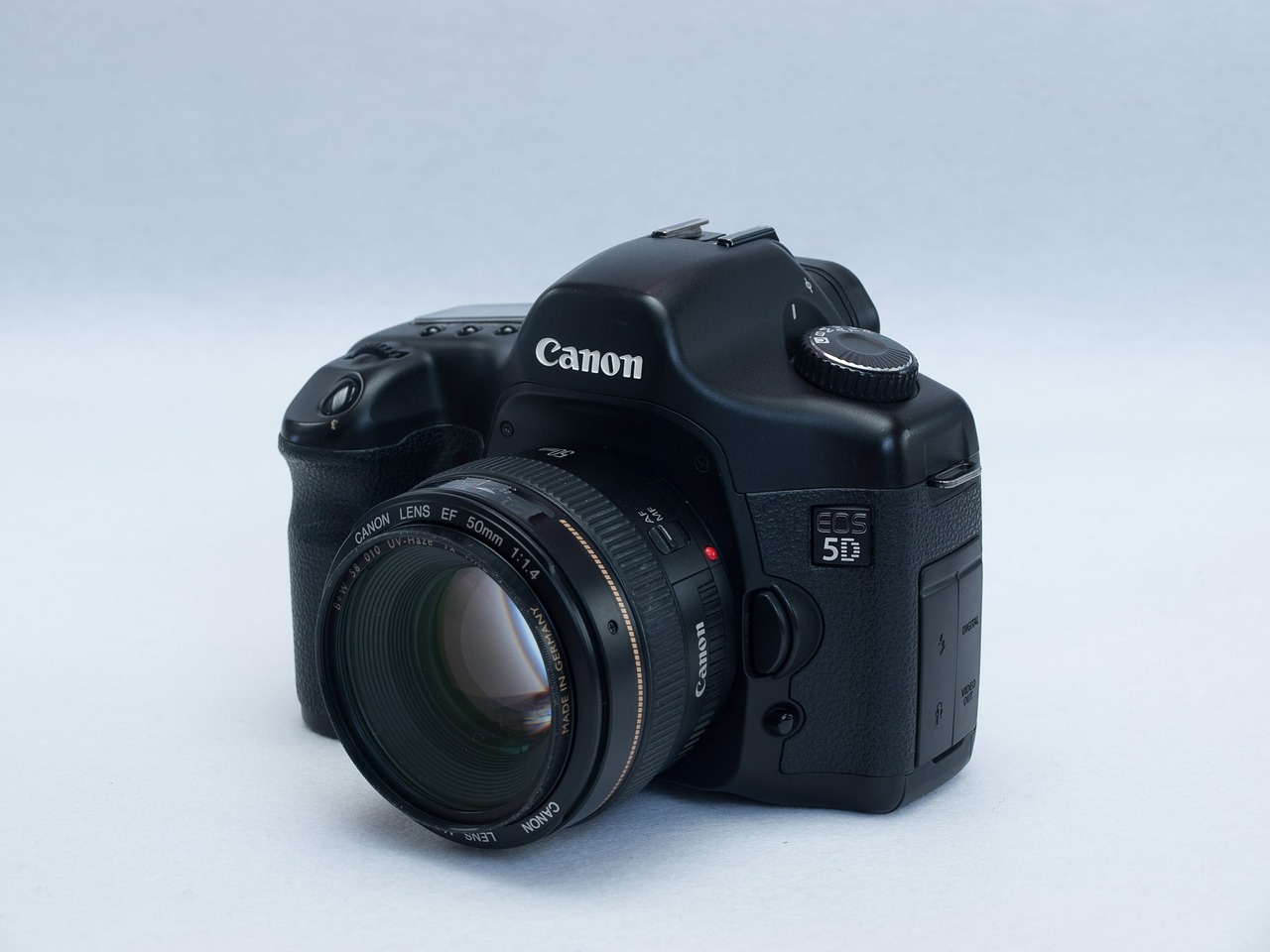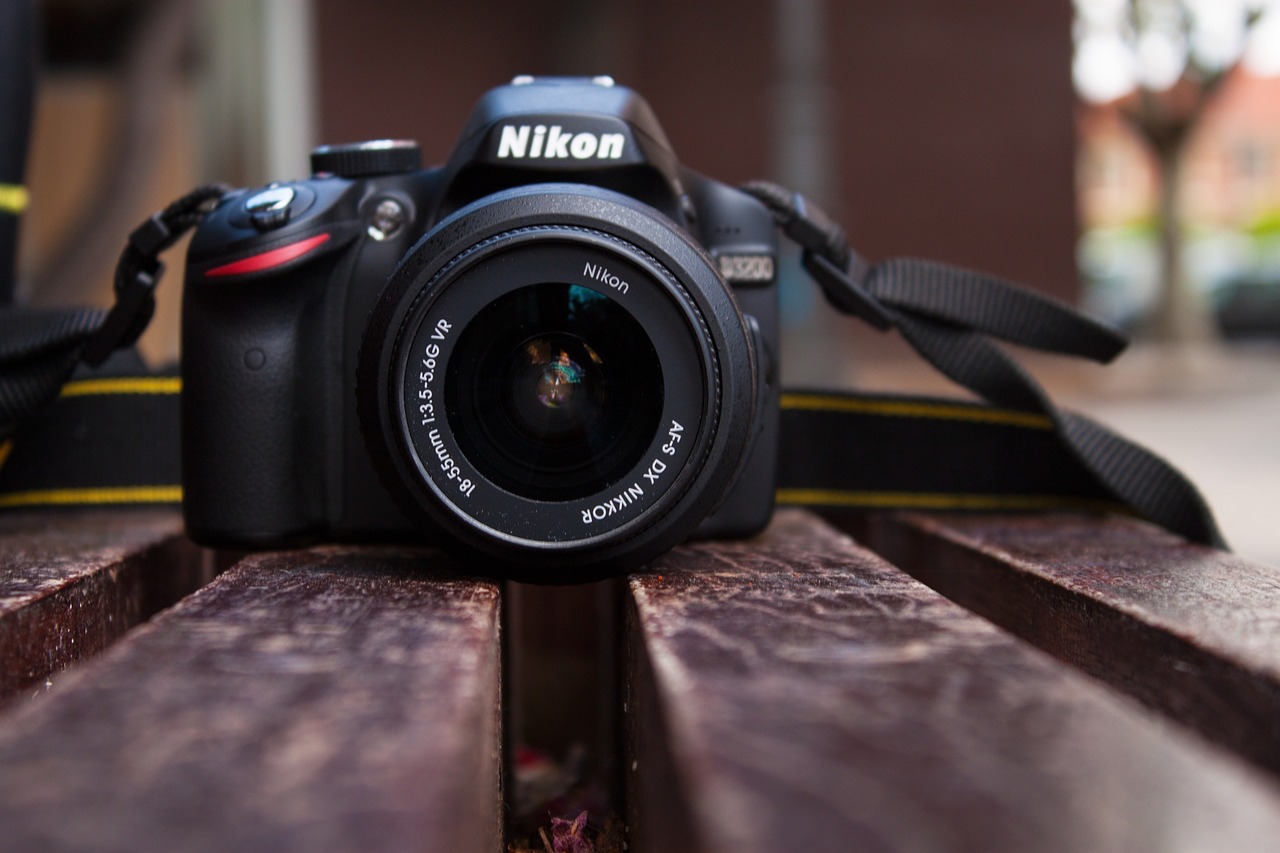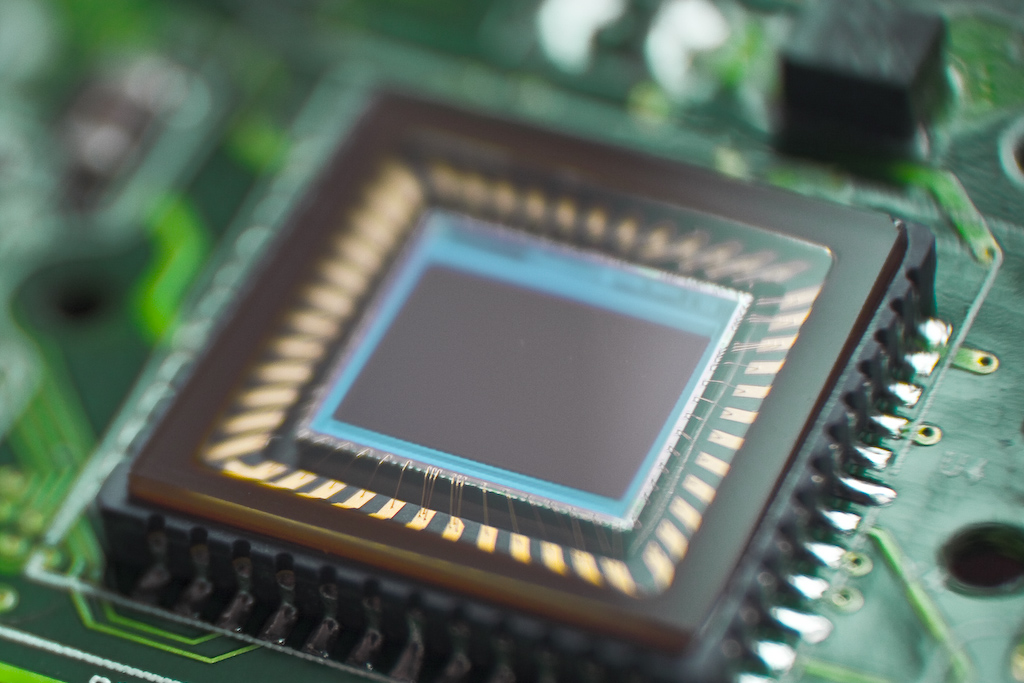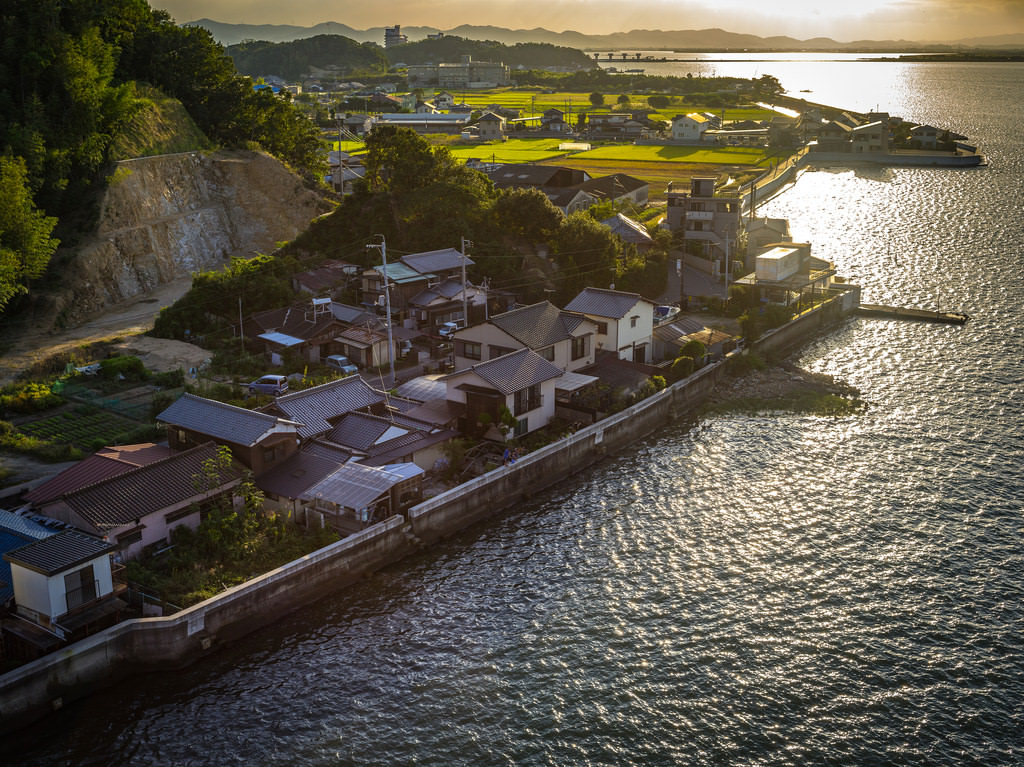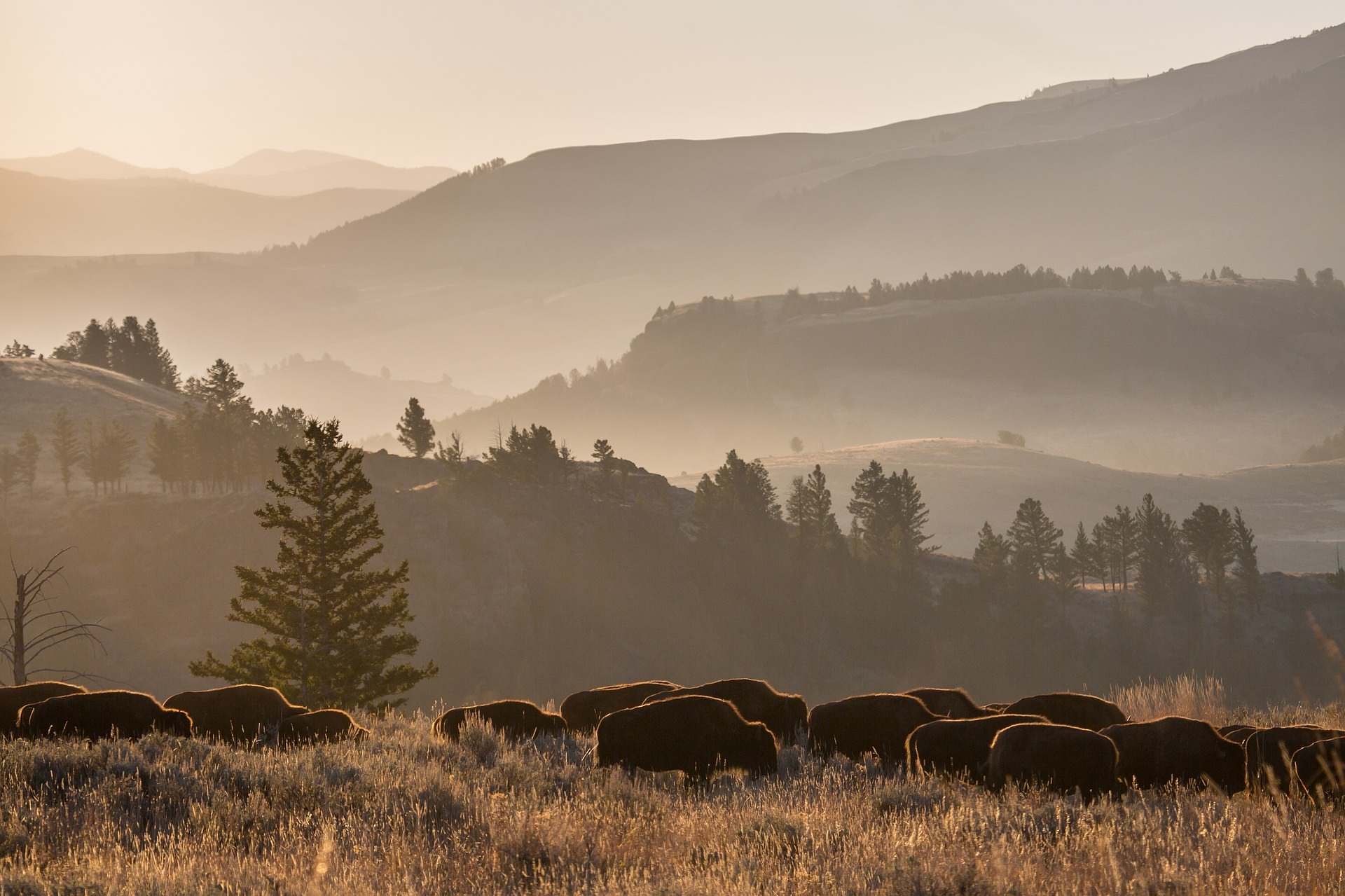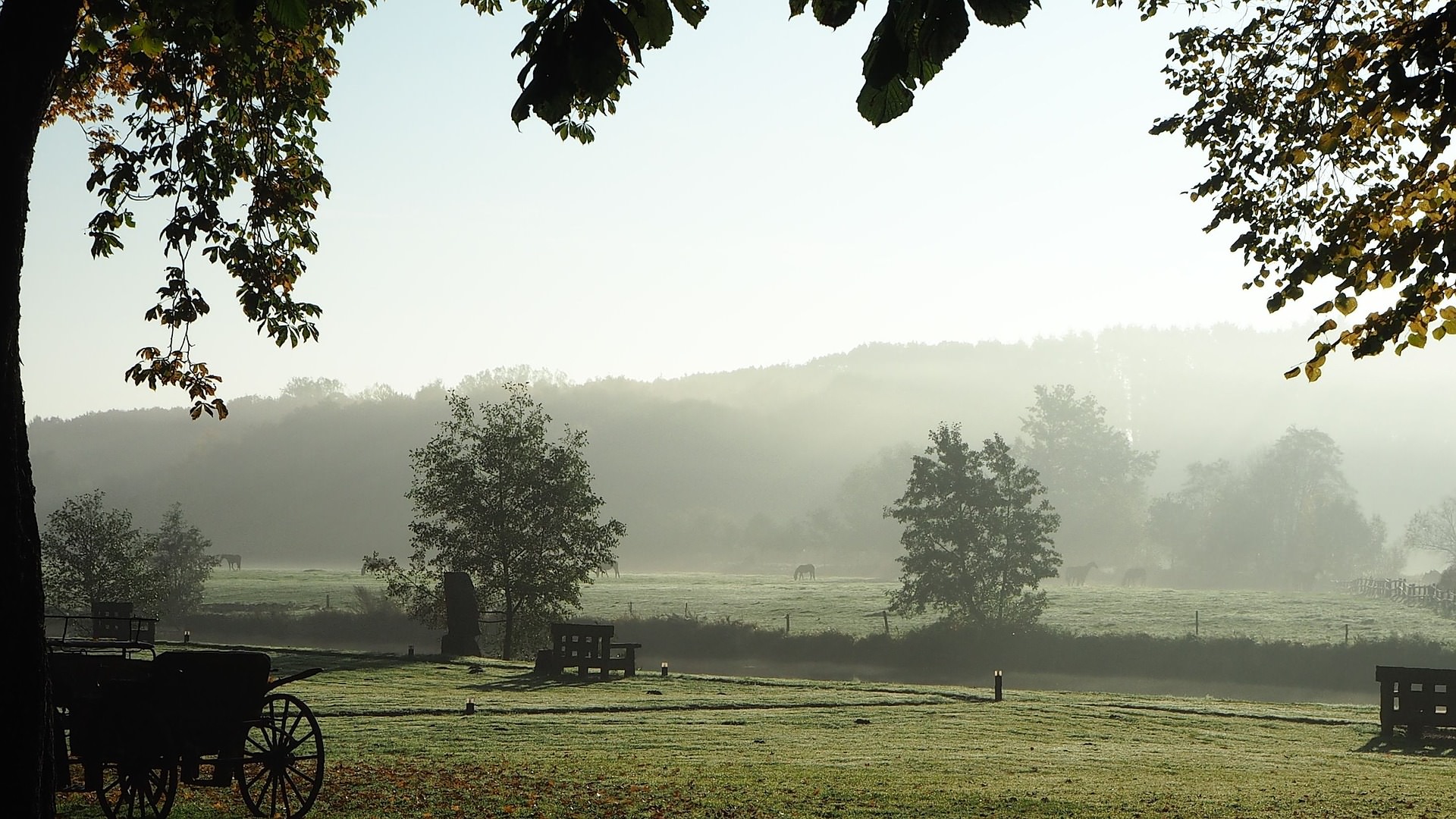Welcome to the full frame vs crop sensor debate! It’s important to remember how many different ways we can shoot nowadays, and that one format is not better than the other—just simply better suited for certain styles!
Let’s first start with some background.
What is a Full Frame Camera?
So, what is a full frame camera? We need to know what this camera is if we are to understand what crop camera is. The term full frame camera has its origin from the days when they used to shoot film. The 35mm film was typically used, so Canon was the first manufacturer to come out with a digital camera sensor that was the size of 35mm film. This was considered a full frame camera back then. So, when you think of a full frame camera, you can think of the 35mm equivalent of film. That’s what the term full frame stands for.
What is a Crop Sensor Camera?
On the other hand, a crop sensor camera is a variation of crop size inside a camera. What this does is that it makes the sensor smaller so it can fit on a smaller body, giving you a smaller, more compact version of a full frame. There are advantages and disadvantages to this, which we will dive into later.
Normally, if you are Canon user, the crop factor ranges between 1.3 and 1.6, depending on the make and the model. If you are a Nikon user, it is easy to figure out because it is usually around 1.5.
This should give you a basic understanding of how small the sensor is if you think on the inside of the camera. The full frame sensor or camera has the size of the big box, while the crop sensor has the size of the smaller box, so to say.
However, “full frame” is not really full. It is just the equivalent of the previous sensor standard. So, hypothetically a bigger sensor could be implemented. This would call for a new name for sensors.
If we’re being technical, a full frame sensor should really be called 35mm equivalent sensor and the crop frame should be referred to as an APS C sensor.
So what are the advantages of using this kind of image sensor?
Full Frame Camera Benefits
Full frame cameras perform better in low-light situations. The reason behind this logic relies on the fact that they actually have more photosites, which allows them to capture more light and perform with less noise at high ISO values than a compact camera’s sensors. To think of working at ISO values nearing 12,000 on nonfull-frame cameras is insane, whereas for full frame models it’s actually a fairly common adjustment for night photography. Hence the reason why full frame bodies are known for their ISO performance.
If you are doing a lot of landscape photography and want to take a lot of wide angle shots, you can get a full frame camera and a regular 24mm and you will likely have the same 18mm or a little bit less of what crop frame sensor would shoot. So, you get a wider angle used. A full frame camera is really useful f0r real estate photography, where you need to get an entire room in the shot. If you don’t have a 10mm lens or something like that, you can shoot with a 16mm or 17mm lens and get the same effect.
In general, full frame cameras much more expensive than cropped frame ones, along with their accessories. For example, Nikon FX cameras are valued around 1.8x the value of DX cameras; the same comparison can be applied to a Canon DSLR camera. Lenses and other accessories are more expensive because they are considered professional cameras, not for hobbyists and amateurs.
Another good reason to pick a full frame vs a crop sensor is the opportunity to experience (and fall in love with) the 35mm film of a 35mm lens. One of the biggest aspects of digital photography that is lost is the possibility of creating background blur with ease. Putting aside depth of field technique discussions, 35mm lenses on full frame body makes it much easier. Shooting with film is a special experience in and of itself, but for photography these days, working with a quality 35mm lens paired with a full frame DSLR body is a blessing (especially if we compare it with the APS C camera counterpart).
Full Frame Camera Drawbacks
Now that we’ve covered the benefits of using a full frame camera, let’s dive into some of their drawbacks.
While there are a lot of benefits to having a full frame sensor, they don’t come cheap. If you’re looking to buy a Full Frame camera, be prepared to put a dent in your pocket. Fortunately for you, I’ve done some research and testing on just a few full frame Nikons and Canons.
When it comes to the Nikon D600 it’s the most affordable I’ve seen so far in the Nikon category. With its 24.3 megapixel CMOS FX- Format sensor and high-speed continuous shooting capturing up to 5.5 frames per second with a price tag of $832.40 on Amazon. However after taking a look and researching a few full frame Canon models. It’s safe to say that Canon Full frame models are a bit more pricey than Nikon—even its cheapest (from what I’ve seen) is a whopping $1,399. That would be the Canon 6D carrying a 20.2 megapixel CMOS Full Frame Sensor and up to 6 or more frames per second in continuous shooting.
The second drawback is lens availability. Most cropped sensor cameras will take a full frame lens, but it doesn’t work vice versa. This means that inventory for full frame lenses isn’t as large as you’d expect it to be. Therefore, you need to take this into consideration, especially if you want to jump from an entry level DSLR to a full frame camera body.
Because the full frame sensor is bigger than the cropped frame, it affects the field of view. For photographers that need more zoom, the smaller sensor is the more compatible option.
The depth of the field is kind of a negative when it comes to full frame sensors. Usually, depending on the make and model, the full frame cameras are capable of giving you as much depth of field as you want. So, even if you shoot at f/22 on full frame, the image may not be as sharp as you like, and you may have to do some focus stacking. But on a crop sensor camera, you will be able to get a lot of depth of field because the size of the sensor is so small. Everything from front to back on f/22 and sometimes even at f/32 will be extremely sharp.
Crop Sensor Camera (APS C sensor) Benefits
Crop sensors have a much larger variety of lenses that are often times smaller, making them more portable and ideal for certain types of shooting. If you’re a videographer, crop sensor sizes are the way to go, as they are much more conducive to moving images and rich videos.
Imagine that you are a travel photographer—how pricey is it going to be to be using a full frame DSLR or mirrorless camera + telephoto lens combo instead of just working with a crop-based camera and a good, professional telephoto lens?. If you are on a budget for your photography work, the answer is pretty obvious.
A lot of people want to shoot sports using crop sensor DSLR cameras (APS C sensor) because they offer more crop factor, so you get a better zoomed-in look for your image. Let’s say for instance I want to shoot a football game, and I am all the way across the field with a full frame camera and I don’t have an 800mm, $6,000 lens—it will be a lot harder to get that reach. However, on a crop sensor camera, you get more reach with half the sensor, even with a less desirable telephoto lens for your photos. The main drawback is that you will sacrifice ISO performance in the process.
Full Frame vs Crop: Which One Should I Buy?
For the average consumer with a kit lens and a consumer grade body, stick to the crop sensor cameras. They’re light and are great for capturing simple portrait photography and events. Don’t trick yourself into thinking you need a full frame camera to capture great images. The art of photography is one of skill, and cannot be purchased. Therefore If you can only afford a crop sensor. then you should purchase a crop sensor camera, as you’ll still be able to take amazing photos.
For working photographers and those entering the professional arena, I encourage you to invest in a full frame camera. The image quality and wide angle options are necessary to take professional quality photos. If you like shooting with natural light and low light settings—again, a full frame camera is better because it has more photosites and noise reduction capabilities. A lot of it depends on the camera settings, but it definitely makes an impact on low-light and night photography work.
Once you’ve chosen your camera, though, move on! Focus on mastering lighting, composition, and white balance—all of which will lead to better photos regardless of your sensor size! Remember, gear is supposed to help us, not condition the way we perform our job.
If you feel ready to take the leap towards a full frame body, then congrats as you are taking the first step into becoming a professional photographer. If not, that’s okay as well—no gear can outperform a talented photographer that knows the ins and outs of their camera well.
I hope this article has assisted you in making a choice on a camera to match your needs. Until next time, Thank you for reading!

